Sometimes you crave adventure. You see the road less travelled and you want to take it. Traipsing through cities may be easier in terms of navigation and physical ability, but can anything beat the realisation that you have, on your own two feet, traversed through kilometres of mountains, valleys and brooks? The taste of sweet achievement when you finally get to the top of a trail and admire the view is unbeatable as well. This sense of triumph is not just a feeling – science backs it up. According to Dr. Susanne Preston at South University, spending time in nature not only raises vitamin D levels to raise our moods, it also increases self-esteem and is associated with decreased levels of depression.
Maybe the next time you plan your travels, you might want to include a day or two to really soak up the wonders of nature and push your body to the limits (reasonably). We’ve collected a selection of hiking trails for you – from easier ones you can do in your running shoes to ones that require a hefty amount of skill to overcome. It may well be that starting off with an easier one could lead to an intensely satisfying hobby and a thirst to conquer even the most treacherous of trails.
1. The Southern Ridges Walk, Singapore
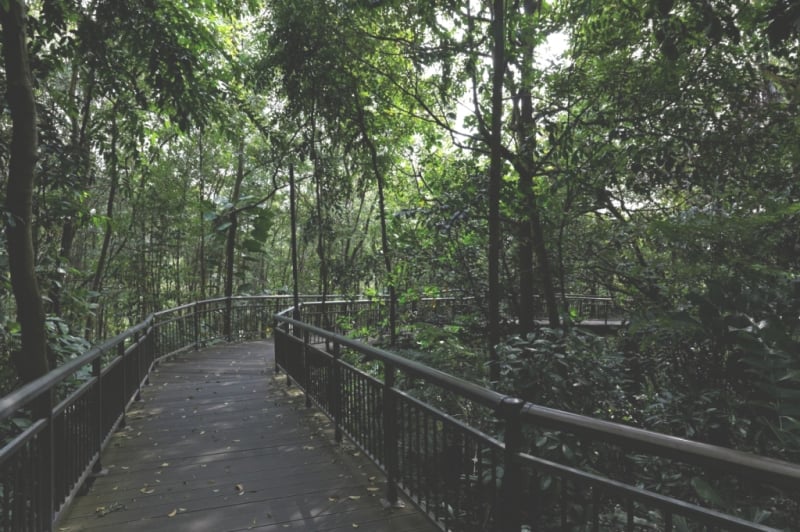
Image credit: Kimon Berlin
That’s right, Singapore’s very own concrete jungle has parts where nature has free reign; well, as much free reign as meticulously designed gardens and landscapes allow. But don’t look down on this hiking trail just because it’s in Singapore – with ten kilometres of trekking area and spanning four parks (Mount Faber, Telok Blangah Hill, Kent Ridge, and Labrador Nature Reserve), this walk is full of animals and plants native to the country and points to its diverse history.
There are two main trails – both start at Mount Faber Park but one ends at Kent Ridge Park and the other at Labrador Nature Reserve. You could also just explore the parks on your own. The paths are well marked so the possibility of getting lost is remote. While these trails may not boast of the rugged natural beauty you may be imagining, they do provide an interesting insight to the harmonious integration of man and nature. More information on the Southern Ridges here.
Difficulty: 1/5
Easy. You could bring your five-year-old nephew along. Or your grandma. In fact, bring everyone and make it a family outing.
Gear Needed: Sports shoes, water bottle, and sunscreen.
2. Broga Hill, Semenyih, Malaysia
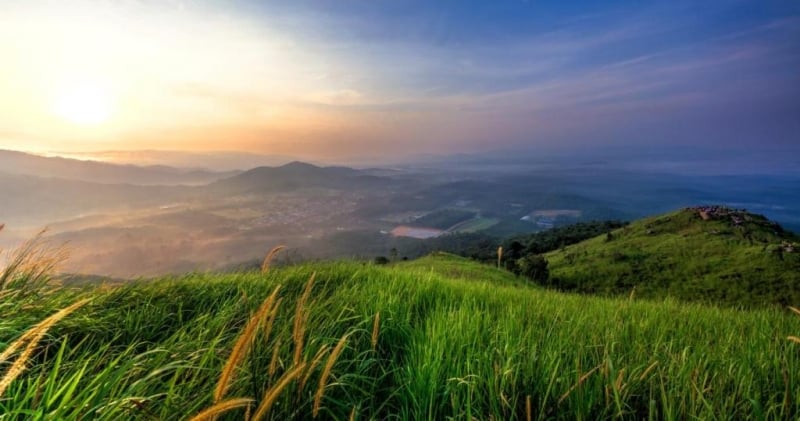
Image credit: taufuuu
This lalang-covered, 400-metre-high hill is a mere 40 minutes away from Kuala Lumpur. From the top, you can expect a spectacular view of the surrounding villages, towns, rainforests and plantations. You may want to get up early for this hike as the best view is at dawn when the sun comes up and brightens the horizon.
The path is not difficult to navigate; it is a well-trodden one. It is, however, slightly steep and quite slippery after it rains so you should plan your trip during the non-rainy season. You may also have to pay a small fee for parking but other than that, there is not much sign of commercialisation.
Difficulty: 2/5
There is a substantial slope and the path will not be paved with boardwalk.
Gear Needed: Sports shoes, water bottle, and sunscreen. Hiking shoes are not needed as you can still do the hike in sports shoes.
3. Songnisan, Sangju, South Korea
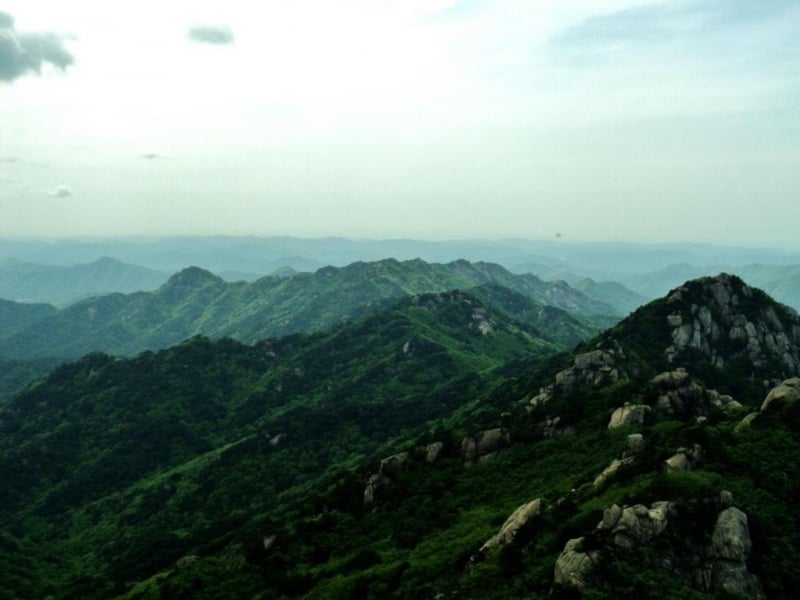
Image credit: Kyle Magnuson
On top of boasting amazing food and shopping spots, Korea is also blessed with breathtaking mountainous areas. You can see the natural beauty of Korea while walking off the extra calories from the delicious food you’ve been feasting on. Songnisan or “mountain to leave the world” is a stunning place. This place is so pretty that King Sejo wrote a poem for it, so you know the beauty is real.
There are, of course, many paths to take and you can check this website for a rundown of all of them. Most people prefer the Sinseondae Course which takes you to the Munjangdae peak (1,054m elevation) and the Munjangdae rock. This path is heavily sloped and it spans 14km so bring some lunch along to eat at the rest stops. Don’t want to travel to Sangju to hike? No worries, we’ve got you covered. There’s plenty of mountains to climb in other parts of Korea as well.
Difficulty: 3/5
The terrain is difficult in some places but it can be completed in a day.
Gear Needed: Hiking boots recommended, water bottle, sunscreen, backpack and some food.
4. Kepler Track, Fiordland National Park, New Zealand
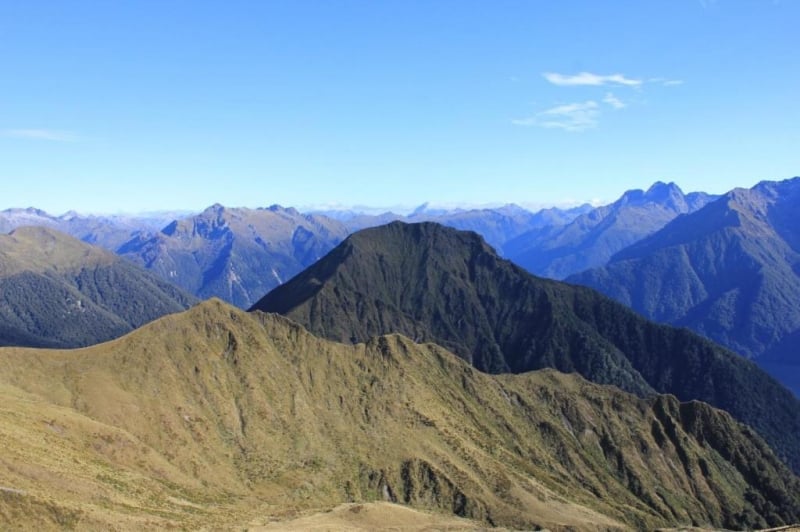
Image credit: Stuart
Moving out of Asia, we have another beautiful region – New Zealand. The beauty of this place is undeniable. Just check out the Lord of the Rings movies and you’ll see what I mean. Fiordland National Park was featured in The Fellowship of the Ring during the opening aerial shot, showing the forested banks of the Anduin River. Not only is the Kepler track gorgeous, it offers views of the most ridiculously diverse amount of scenery – lakes, grasslands, caves and even waterfalls.
The Kepler Track is one of New Zealand’s Great Walks, meaning that the track is well formed, clearly marked out and relatively wide. As you will have to walk a total of 60km in three to four days, so it is not for the unfit. While you can walk on the Kepler track any time of the year, booking for the huts or campsites to stay in at night have to be made during the Great Walks Season (24 Oct 2017 to 30 Apr 2018) because more people hike during that time. More information can be found here.
Difficulty: 4/5
While the track itself may not offer a huge challenge – the Alpine sections may be an exception to that though – the fact that you have to be self-sufficient for three to four days can be a challenge to some.
Gear Needed: Food for the duration of the hike, backpack, hiking boots, water bottle, first aid kit, proper clothing.
5. Santiago El Camino, Spain
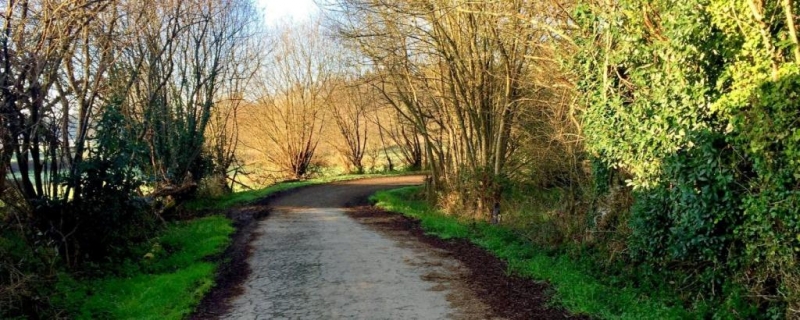
Image credit: subherwal
The Way of St James, as Santiago El Camino is known in English, is actually a pilgrimage that has been around since the 10th century. However, it fell out of use in the 12th century and people only started making this trek again after the 1960s. Again, as with other hikes, there are many routes but the most popular one is The French Way which is about 780km long. Most people walk till they get to Santiago de Compostela, which is the location of an ancient church and the remains of St James. Making a pilgrimage is not a popular option nowadays but there is something appealing about walking a path that has been trodden on for centuries and being isolated from the constant connectivity of our technological age.
Along the way, there are beautiful sights and sounds as well as the opportunity to mingle with the other multinational pilgrims. Depending on where you start, you may spend from five days to forty days on the trek. Route wise, it is easy and has tons of rest stops where you can shower, sleep and eat. More information on the El Camino here.
Difficulty: 5/5
If you thru-hike (hike the whole way in one trip), the real difficulty here is the distance. 780km is not child’s play. The path itself is not difficult but it is great to build your stamina.
Gear Needed: Very comfortable and worn-in walking shoes, backpack, water bottle, food to last you between rest stops, sunscreen.
There you have it. Some relatively simple trails to cut your teeth on before you venture out to more challenging terrains. The beauty of hiking, I think, is that it parallels life. It is not about where you go but in the moments along the journey itself. And when you take the road less travelled on, sometimes it really does make all the difference.





